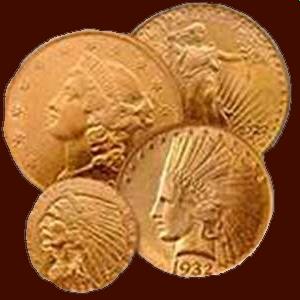






Looking After Your Finds - 2nd Staffordshire Hoard Find

Anglo-Saxon - Identification
Powered By Sispro1

AS-Buckles-2
Archaeology breakthrough as 'Britain's Tutankhamun' has surprising origin previously unknown to scientists
Designed by Nigel G Wilcox
Complimentary Topics
The Paragon Of Metal Detecting
& Archaeology
& Archaeology
Copyright All Rights Reserved by Nigel G Wilcox E-Mail: ngwilcox100@gmail.com
Pages
Main Coin Menu

Anglo-Saxon Coins
Member NCMD
Anglo-Saxon Menu
A remarkable archaeological discovery on Denmark's Tasinge island may rewrite the history of one of Britain's most treasured artifacts.
The Sutton Hoo helmet, sometimes dubbed "Britain's Tutankhamun," has long been thought to have Swedish origins.
However, a small metal stamp recently found by a detectorist shows striking similarities which point to Danish craftsmanship instead.
Two years ago, Jan Hjort was scanning a field with his metal detector when he unearthed a small, green-tinged copper alloy object.
The Sutton Hoo helmet, sometimes dubbed "Britain's Tutankhamun," has long been thought to have Swedish origins.
However, a small metal stamp recently found by a detectorist shows striking similarities which point to Danish craftsmanship instead.
Two years ago, Jan Hjort was scanning a field with his metal detector when he unearthed a small, green-tinged copper alloy object.

Sutton Hoo helmet © GB News
Initially mistaken for an ordinary picture plate, researchers later identified it as a "patrice" - a metal stamp used for imprinting motifs onto thin metal sheets.
The five-by-four-centimetre object was first brought to Denmark's Svendborg Museum before being transferred to the National Museum of Denmark for analysis.
The five-by-four-centimetre object was first brought to Denmark's Svendborg Museum before being transferred to the National Museum of Denmark for analysis.
The Sutton Hoo helmet was unearthed by archaeologist Basil Brown in Suffolk in 1939 as part of a wealthy Anglo-Saxon ship burial.
Experts believe it belonged to King Raedwald of East Anglia, who died around 624 AD.
The burial site contained over 260 artifacts, including gold coins, a shield, and an 88-foot-long burial ship.
Experts believe it belonged to King Raedwald of East Anglia, who died around 624 AD.
The burial site contained over 260 artifacts, including gold coins, a shield, and an 88-foot-long burial ship.
Curtesy: James Saunders - GB News - 09.04.25
>>>
Anglo-Saxon Helmets





















